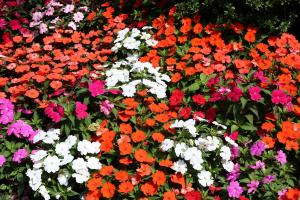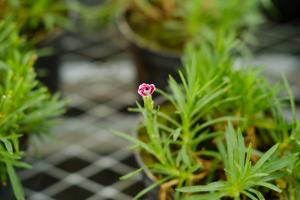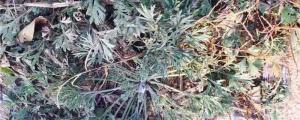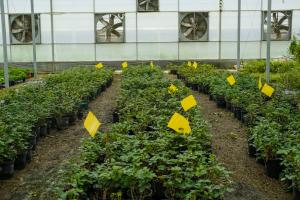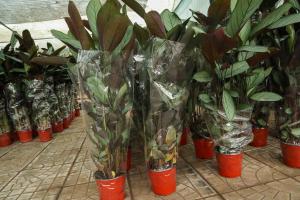Methods of eliminating small flying insects
Method 1: soak orange peel in water, put it in the sun for 3 days, then dilute it, spray the plants and pour it into the flower soil. After 2 times, the small flying insects disappeared. Now use this water every day
Method 2: use sticky insect paperboard, which is generally yellow to attract flying insects
Method 3: the source of small flying insects is breeding in the flower soil under long-term moisture. You can try to cover the surface of the flower soil with a layer of sand or perlite
Method 4: three or four cotton cuttings (cotton sticks) can be used to dip dichlorvos fully, so as not to drop, and then insert the handle end into the basin soil around the plant, and the flying insects can be eliminated
Method 5: buy insecticides to kill flying insects and spray them for 2-3 times
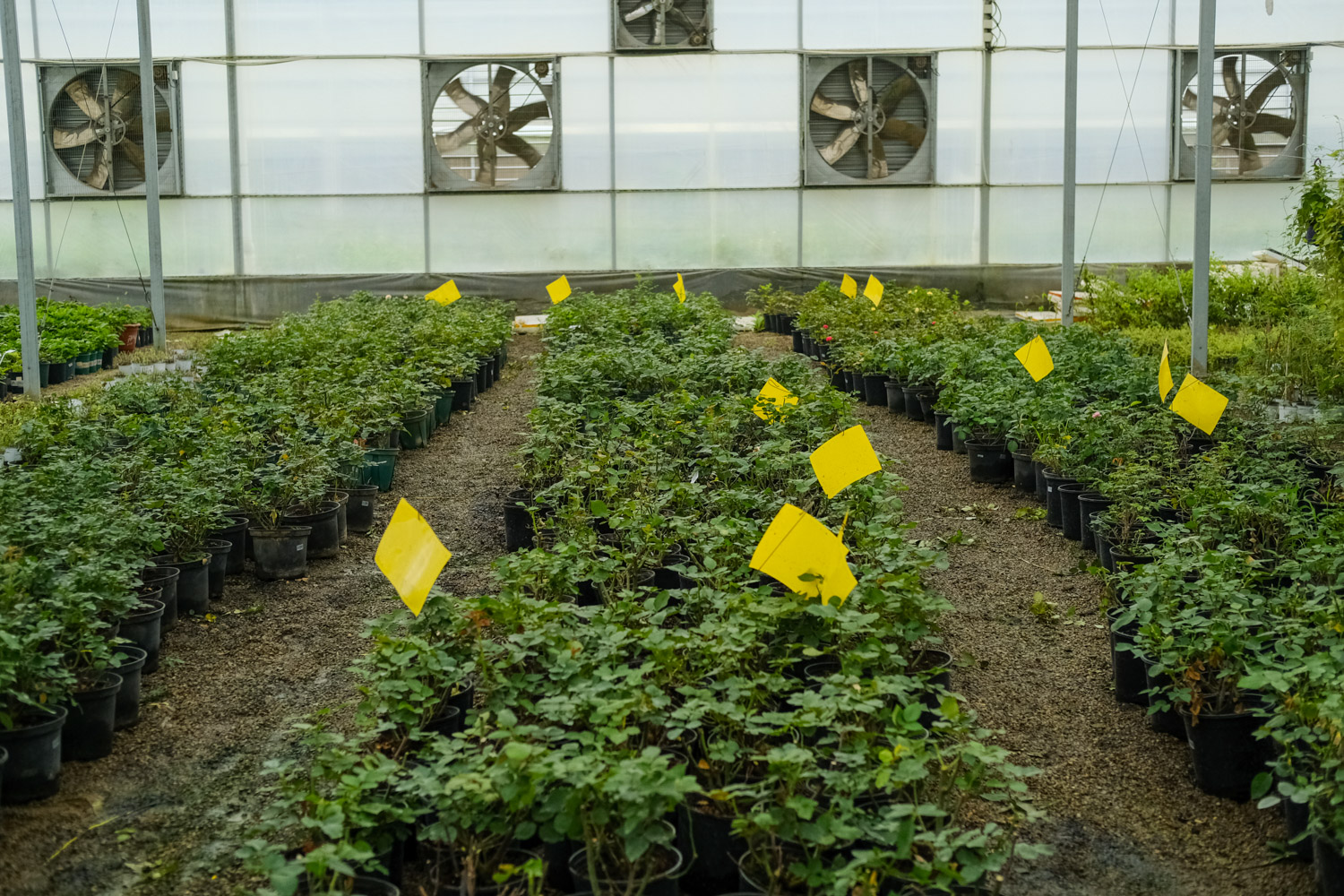
There are several reasons for the emergence of small flying insects in flower pots
1) When planting flowers and plants, the soil is not disinfected and sterilized. Generally, there are insect eggs in the soil. Before you plant flowers and plants, you should dry the soil in the sun and add insect repellent
2) In terms of soil quality, generally speaking, peat soil is more prone to insect pests than accumulated soil. This is because accumulated soil belongs to rotten soil, and the probability of insect pests is low
3) It is related to the types of flowers and plants planted and the environment of conservation
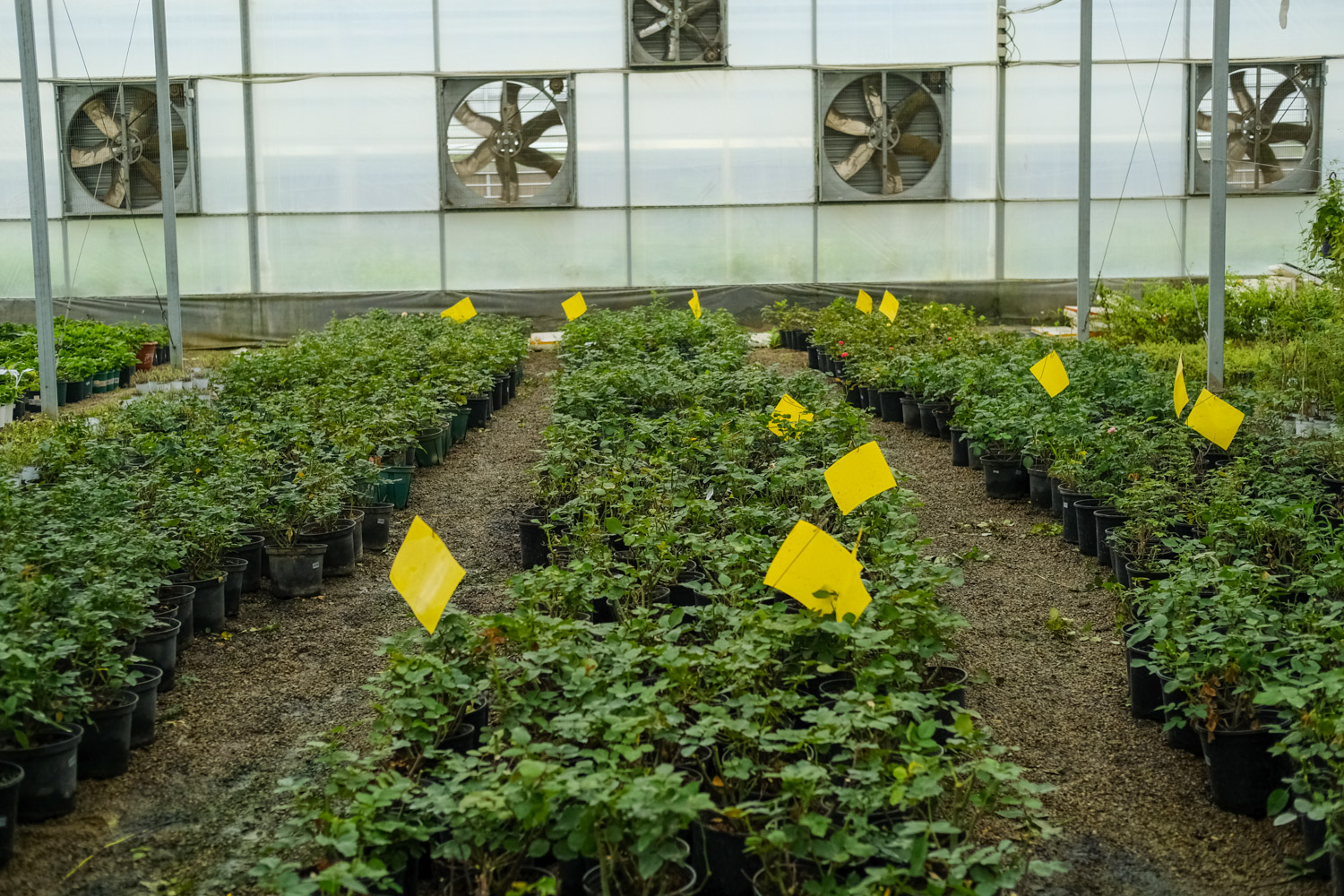

 how many times do yo...
how many times do yo... how many planted tre...
how many planted tre... how many pine trees ...
how many pine trees ... how many pecan trees...
how many pecan trees... how many plants comp...
how many plants comp... how many plants can ...
how many plants can ... how many plants and ...
how many plants and ... how many pepper plan...
how many pepper plan...